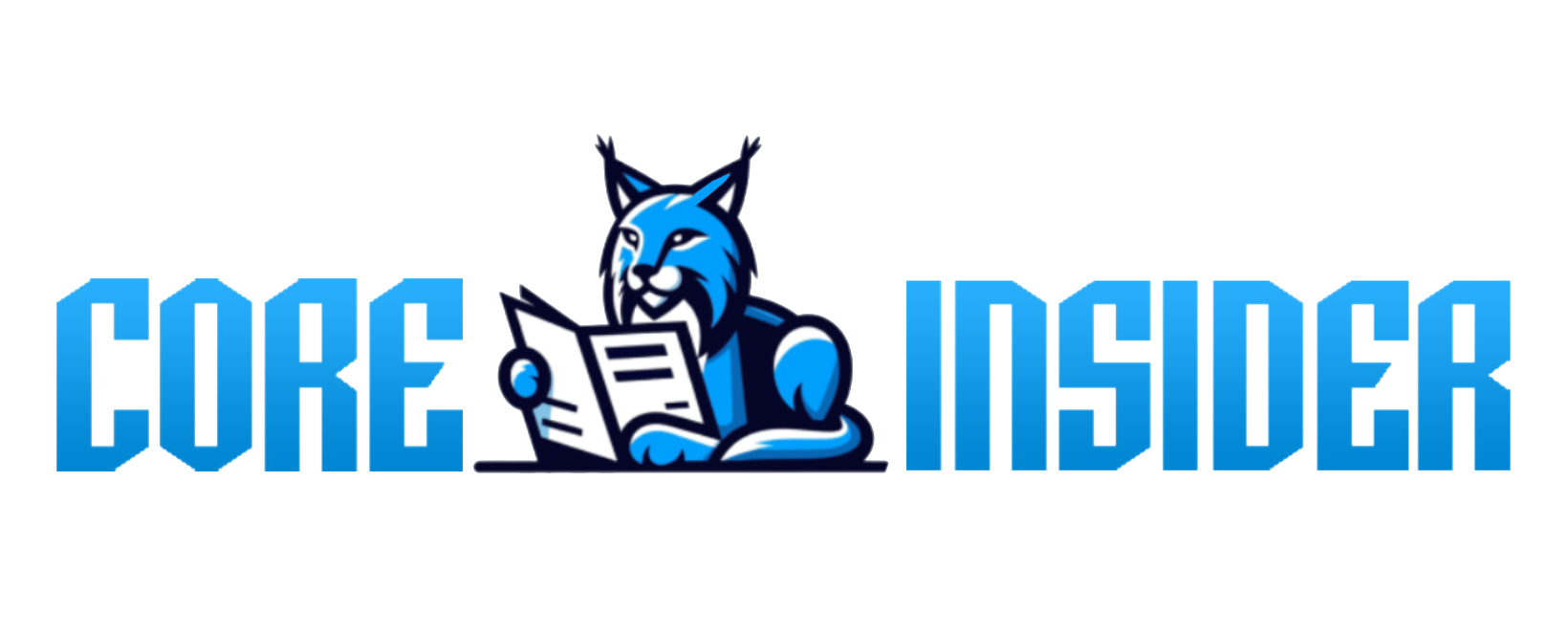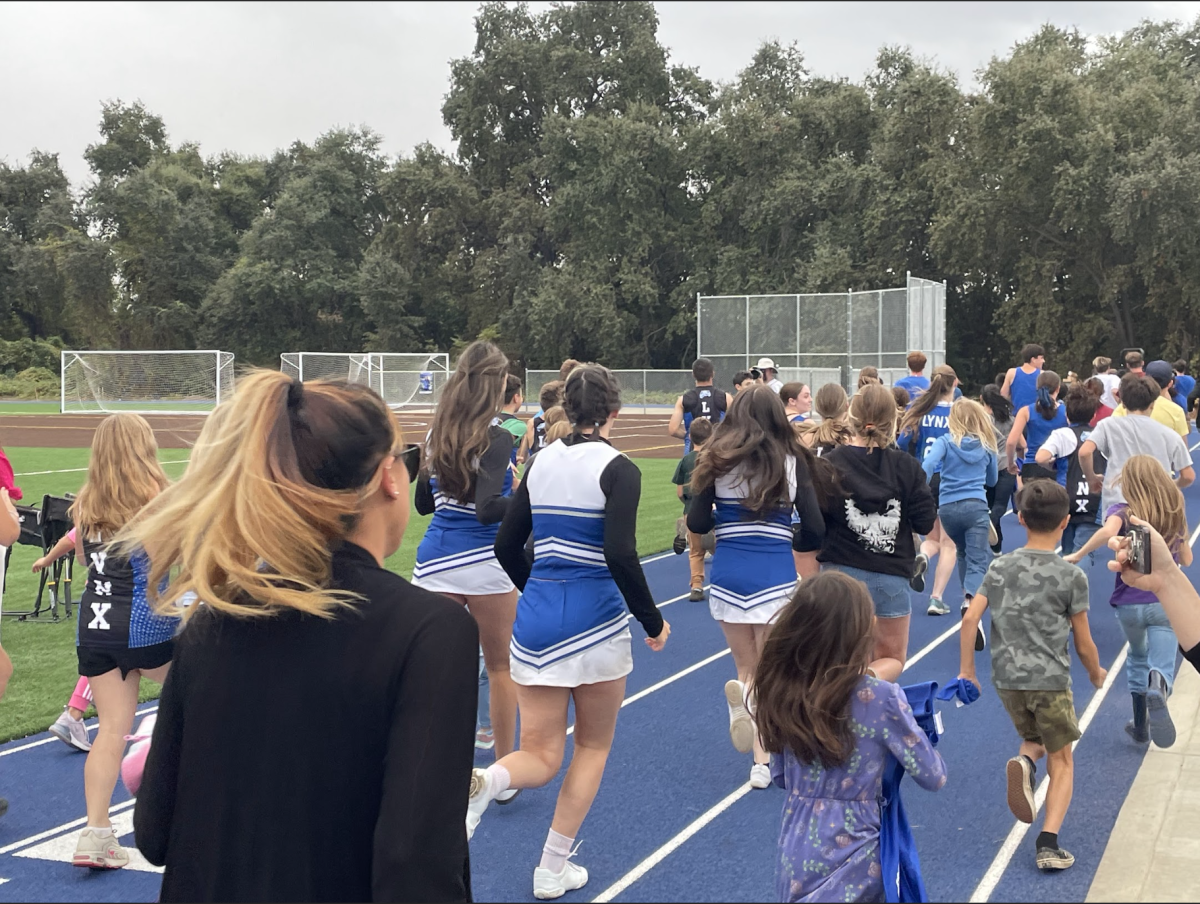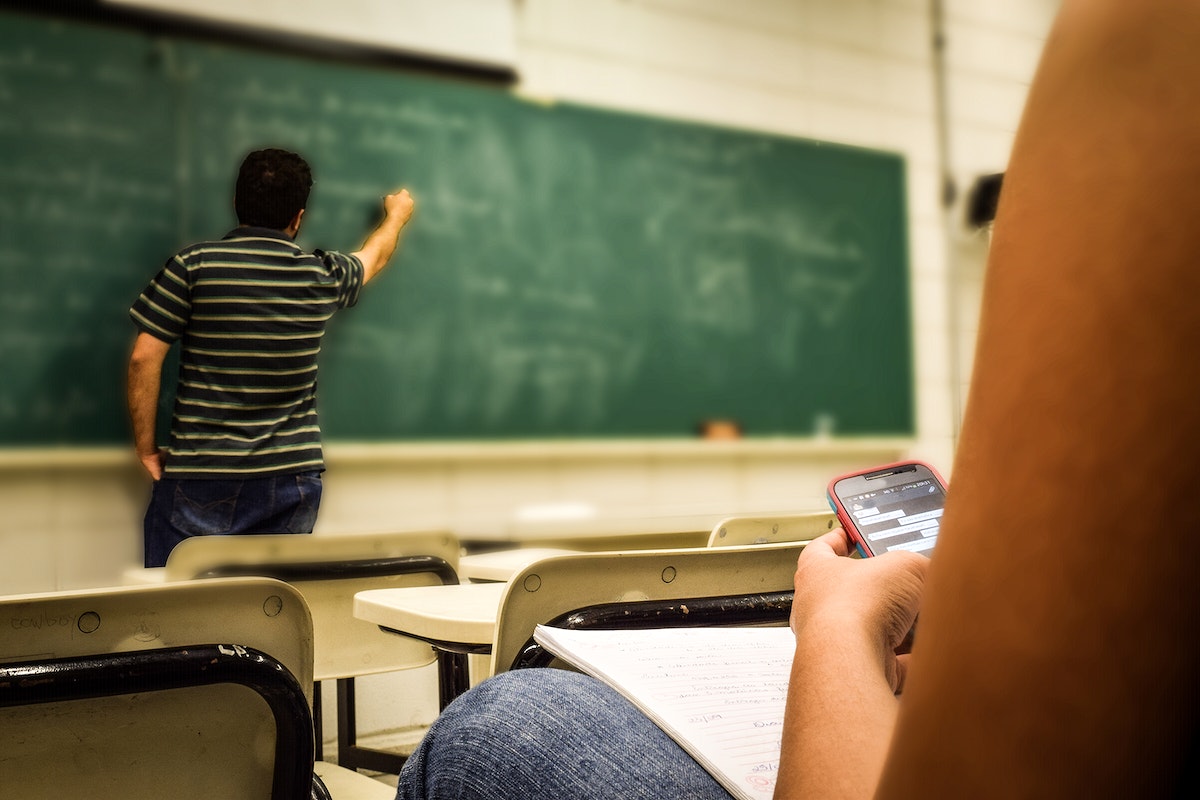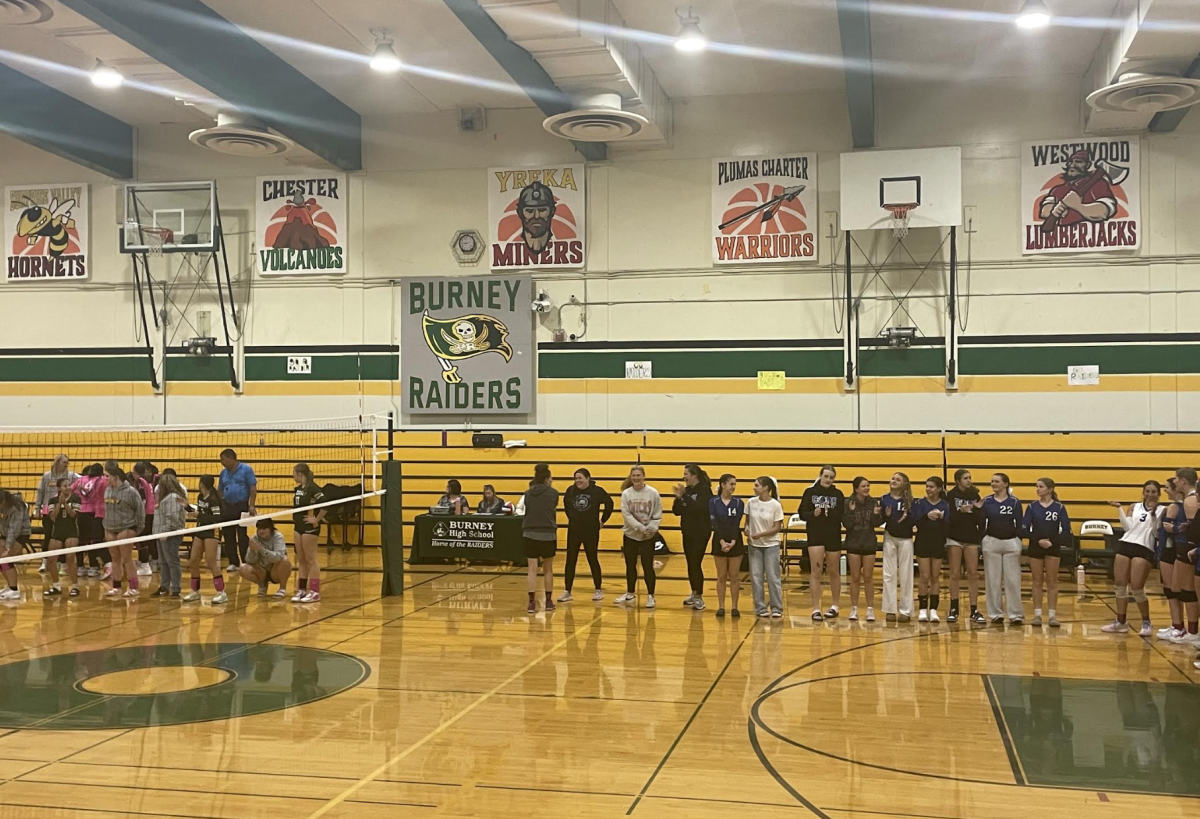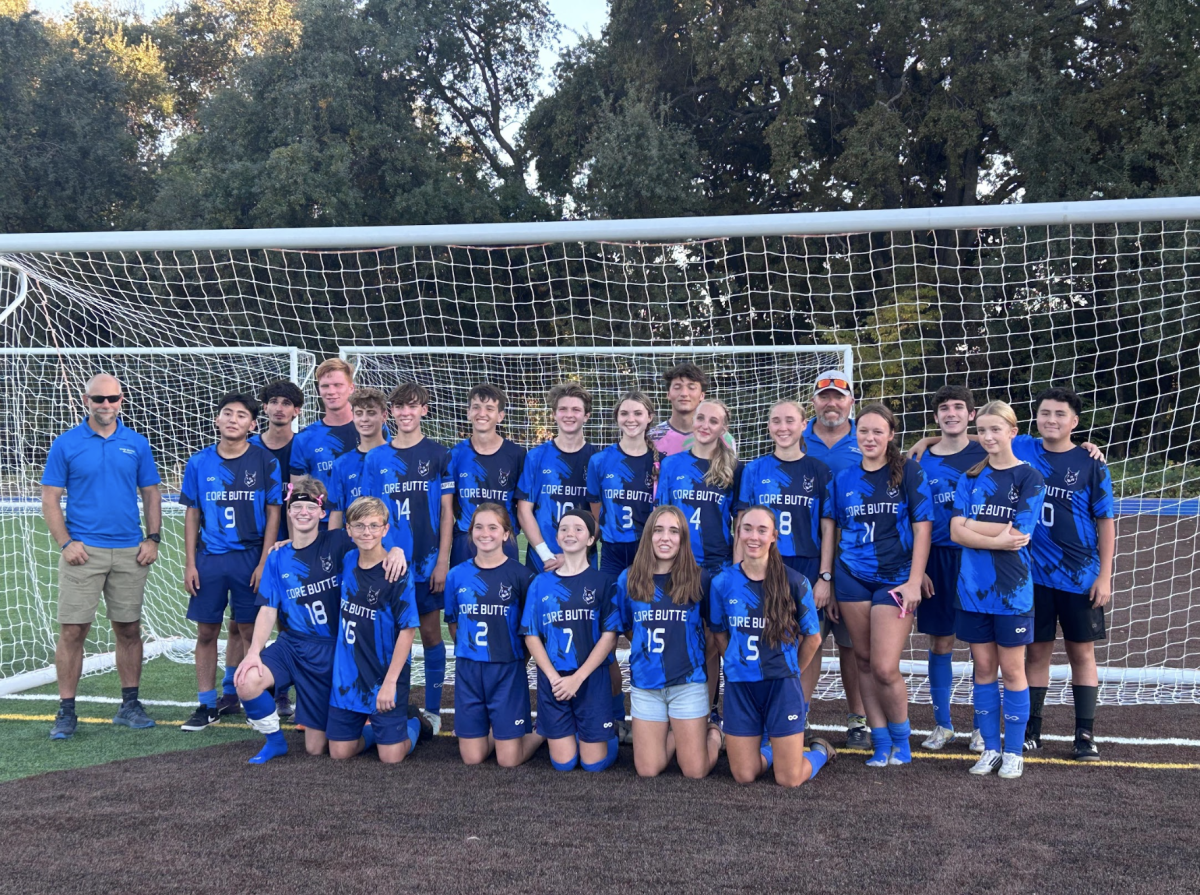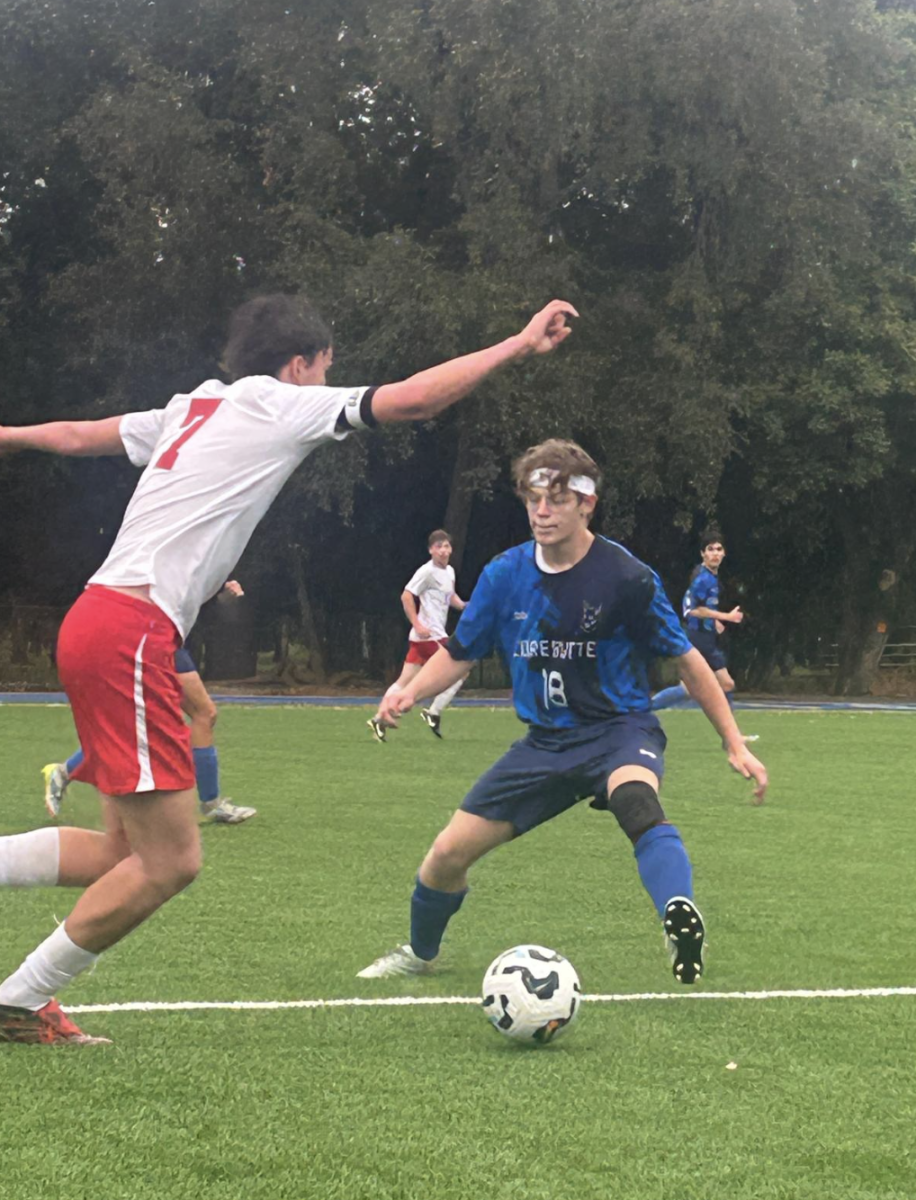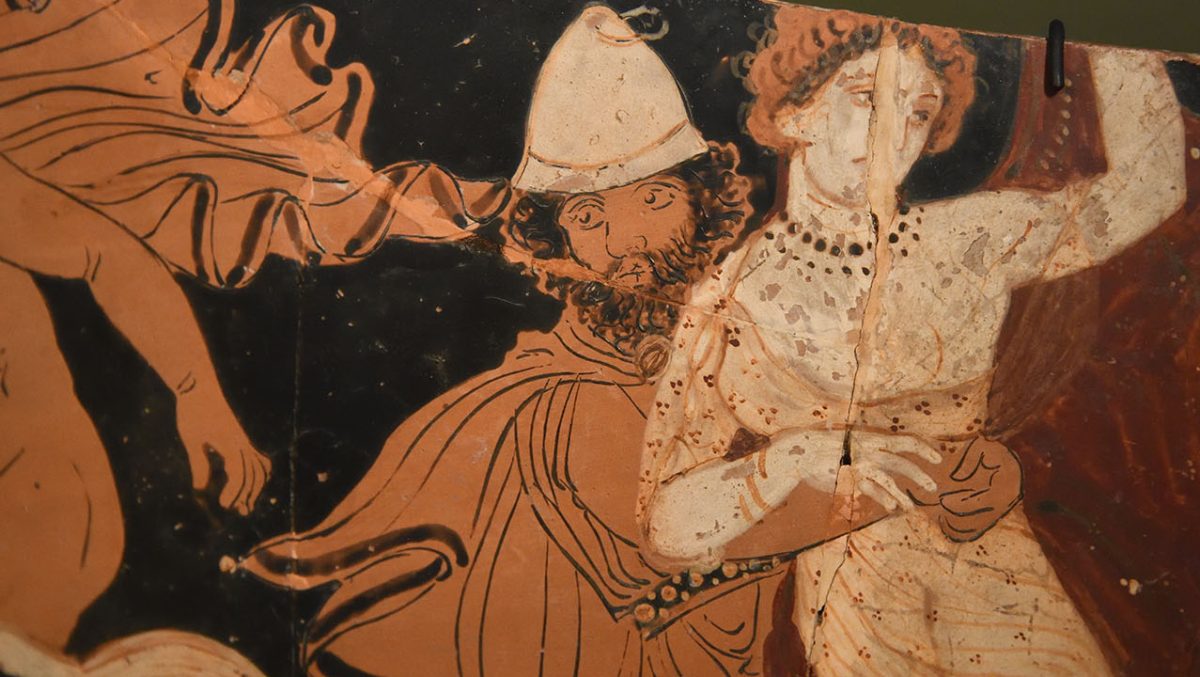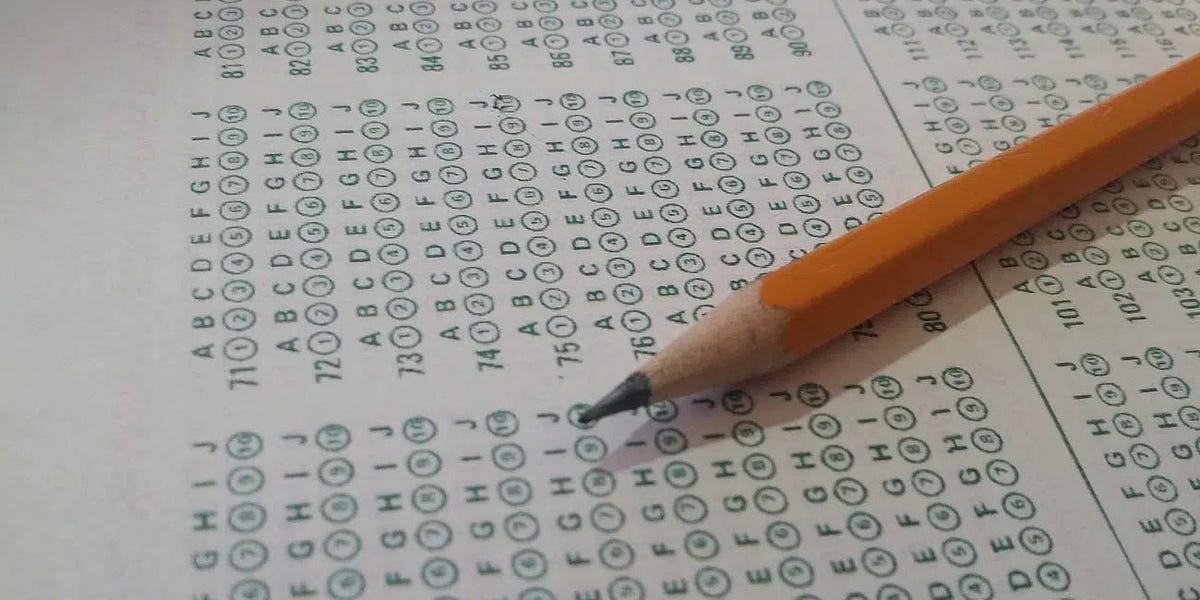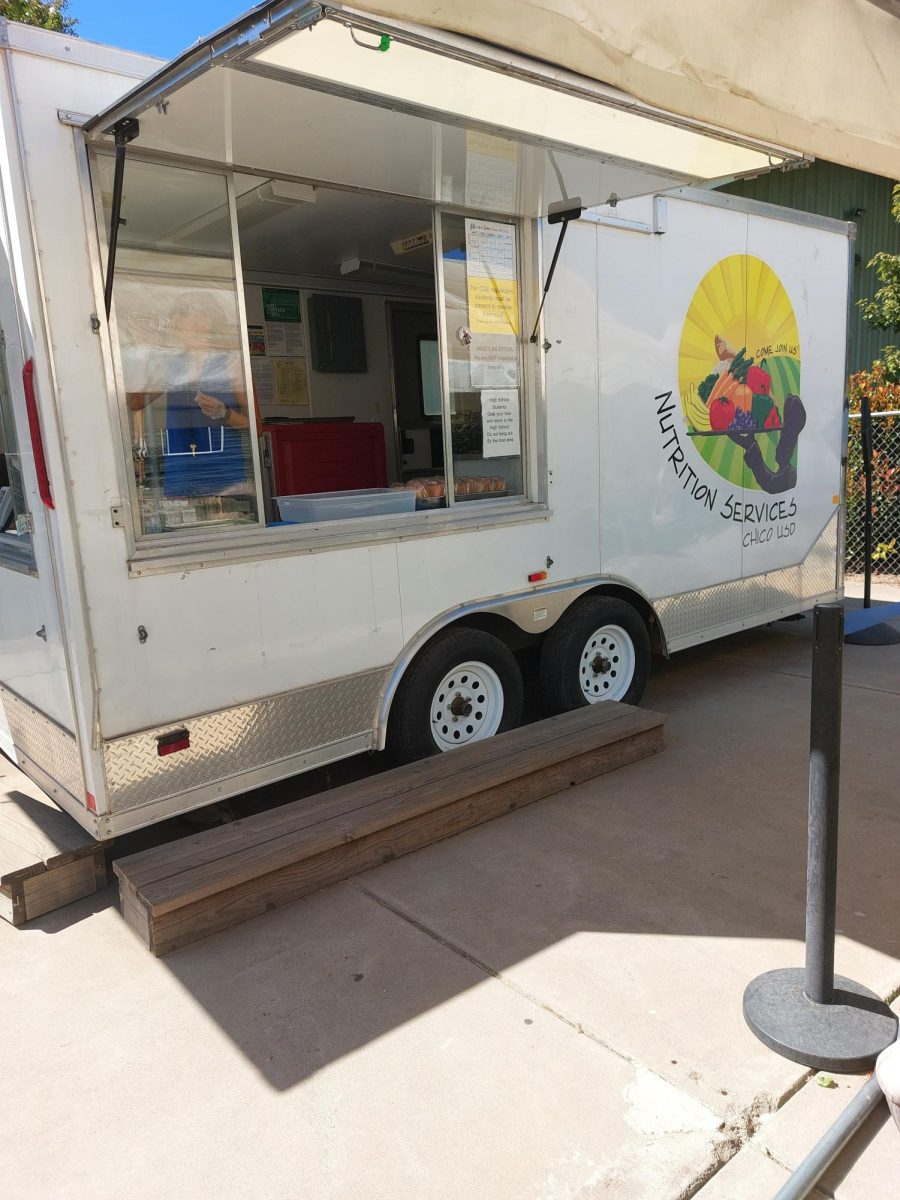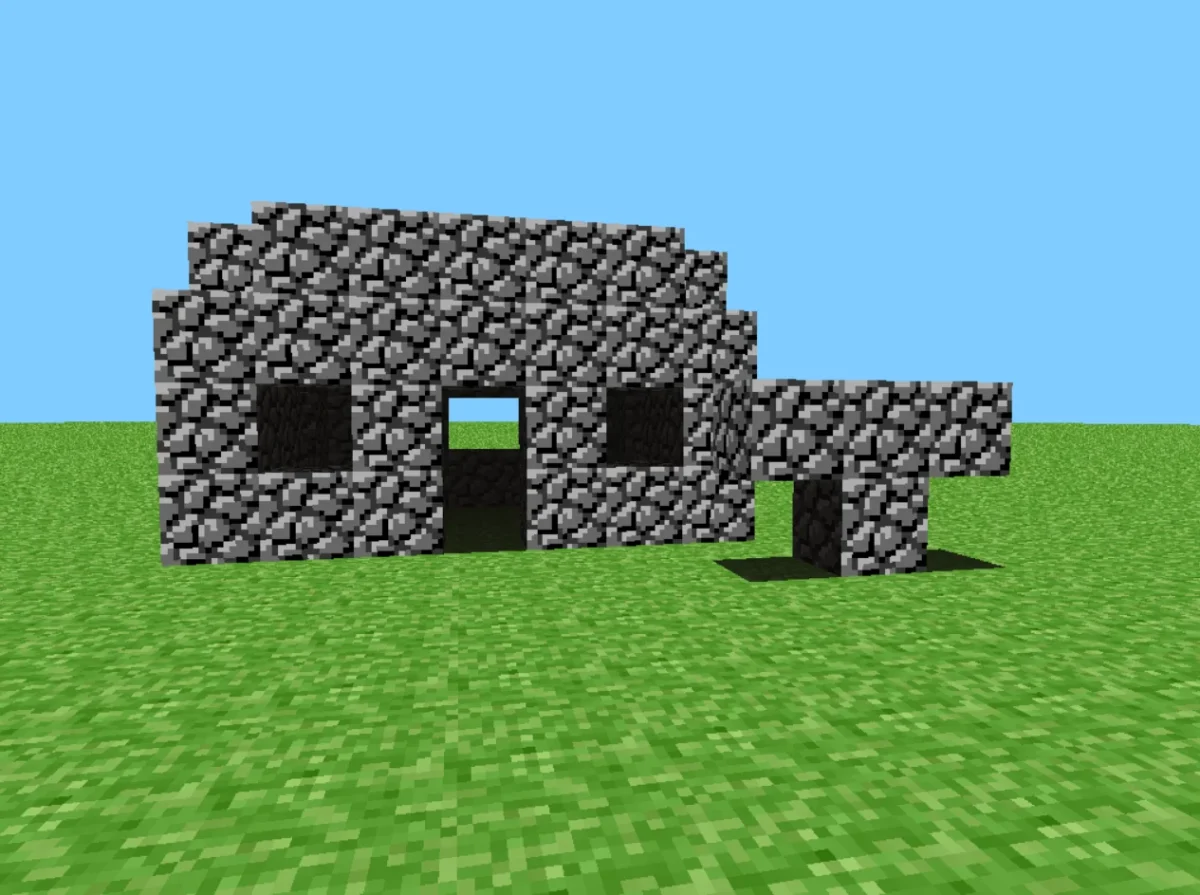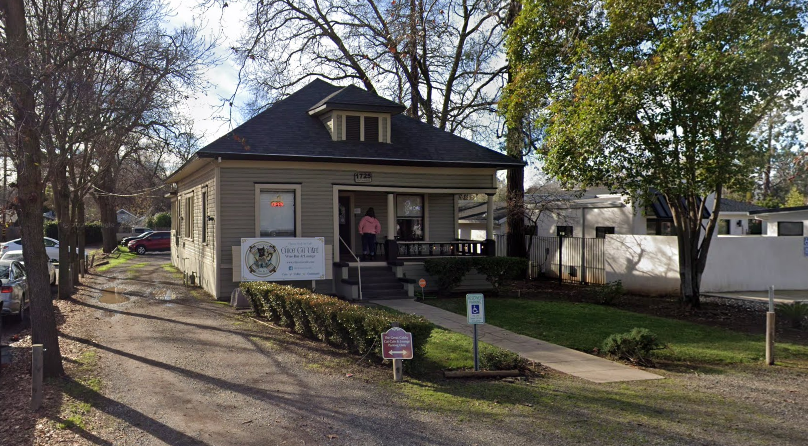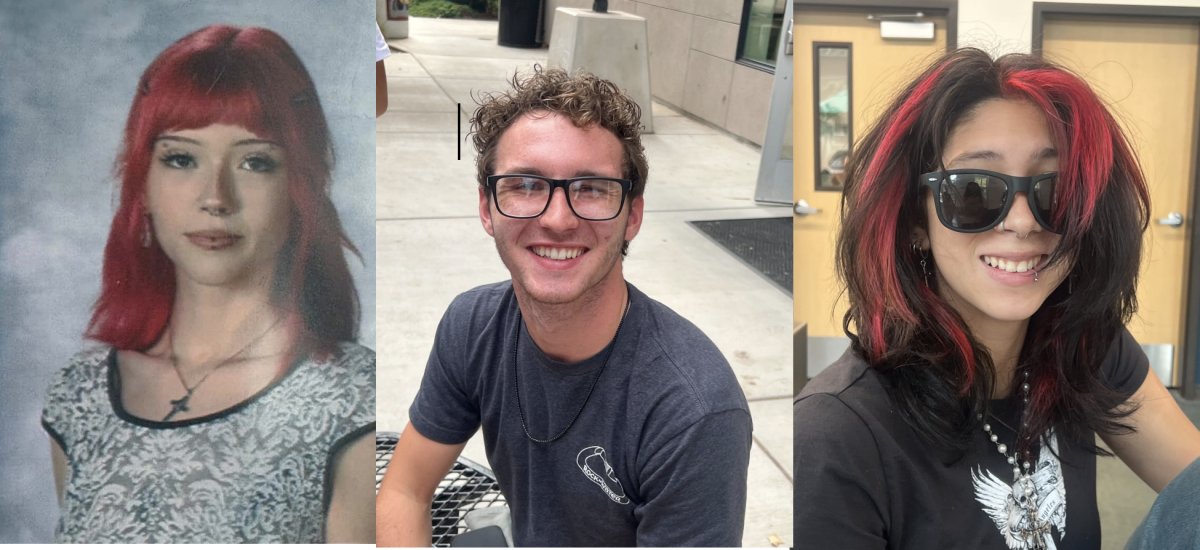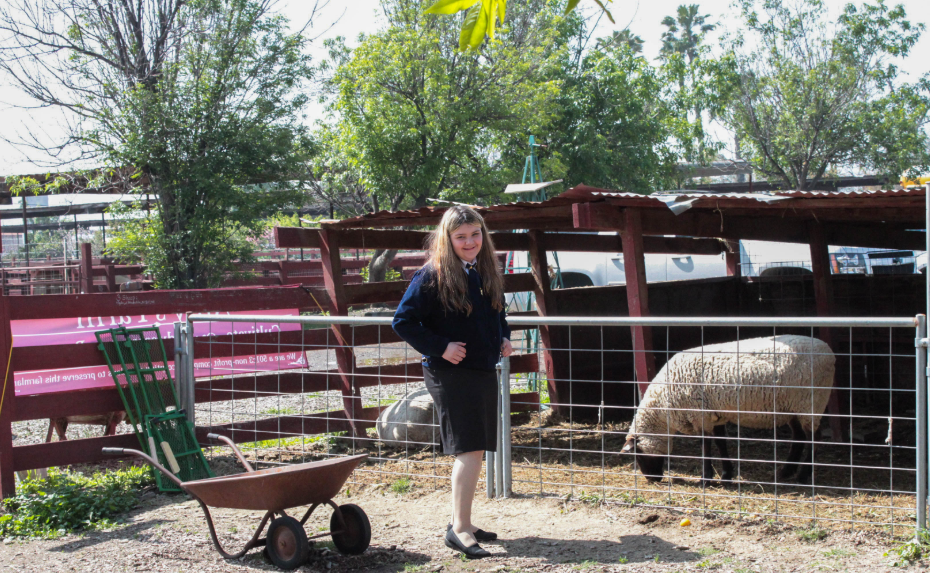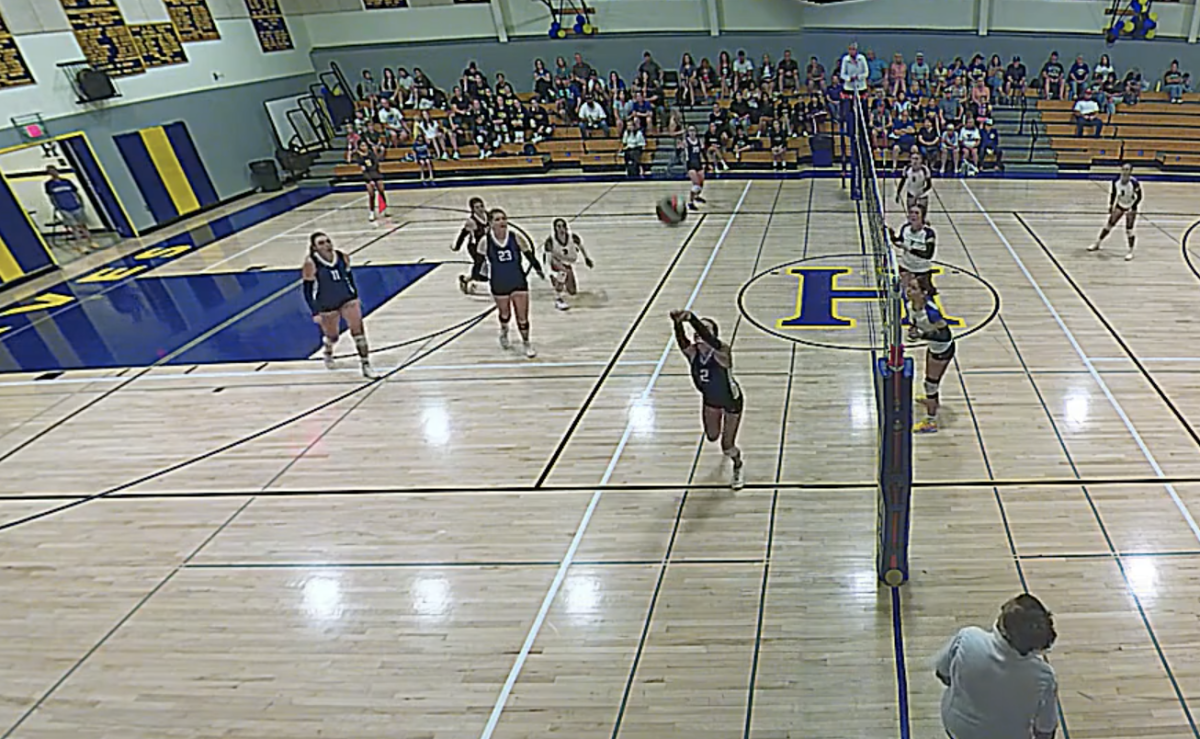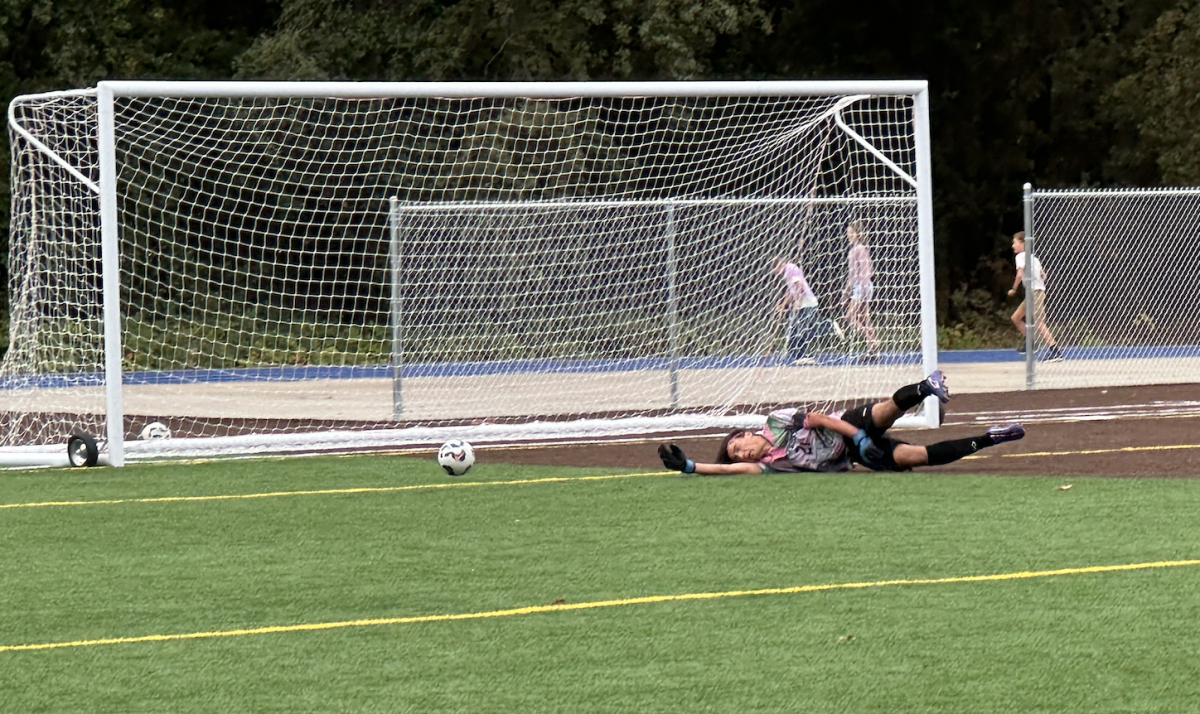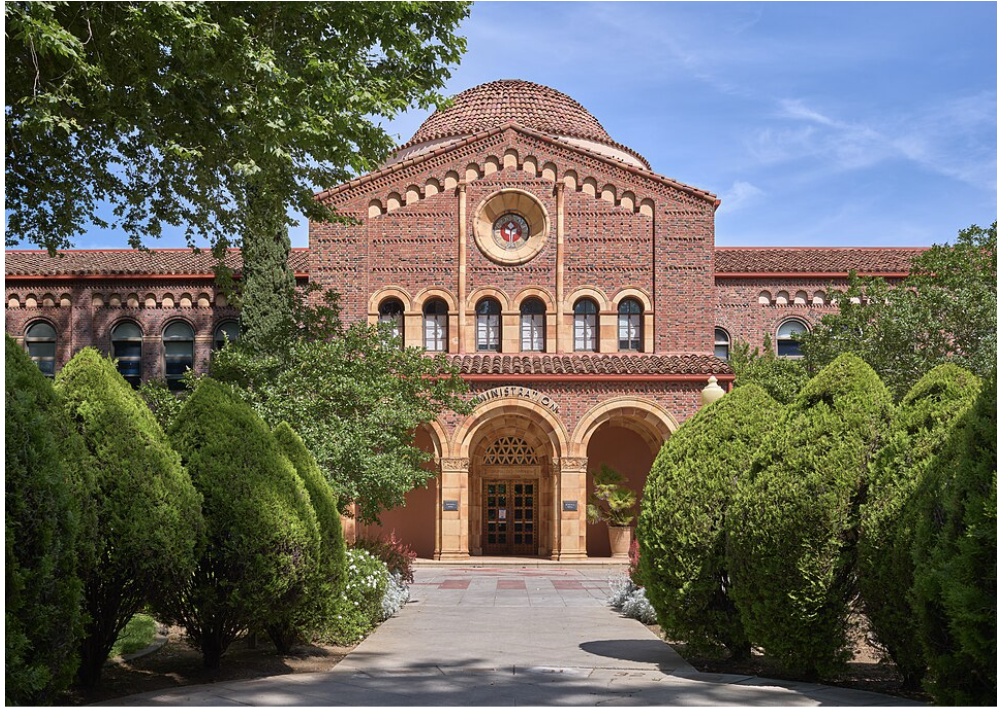Would you believe me if I said that half of all students have used artificial intelligence for schoolwork? Well, as demonstrated by a 2024 Harvard study, an approximate 51% of students between the ages 14-22 have used generative AI at some point during school.
The “Gold Rush” of artificial intelligence that we have found ourselves in largely started following the release of OpenAI’s ChatGPT on November 30, 2022. A large language model, ChatGPT was trained on large amounts of text-based data to allow it to generate compelling text.
Following the widespread success of ChatGPT and its founding company, many other large language models have been developed, both by small start-ups and commercial behemoths. From Anthropic’s Claude, which serves as a more rational counterpart to ChatGPT, to Google’s Gemini, which is branded as an AI personal assistant, AI has become mainstream in record time.
The development of artificial intelligence tools has already left its mark on education, and not even the halls of CORE Butte are free from its influence. Principal Matt Harvey sees AI’s potential as a tool for advancing education at CORE, but recognizes the unique dangers it poses to a school with independent study programs such as CORE Butte High School, “AI can be a great tool. But, if you are not using your critical thinking skills, it can be a dangerous thing to rely on.”
Among teachers, there is discourse on if AI will revolutionize education or cast it into ruin. Teachers such as Nathan Collins, an English 2 teacher at CORE Butte High School, believe that the technology has had a net positive impact on education. Teaching the use of AI in his own classroom, he advises other educators to do the same. “AI forces educators to rethink teaching strategies,” Collins says. “While it is a difficult transition period, educators will need to adapt.”
However, Mr. Collins also cautions on the risks of bringing AI into the classroom. He notes that while AI can help students in some areas, care needs to be taken not to let it harm them in others, particularly in regard to complex processes that engage students’ minds. “Learning how to write well is a process, and a very reflective process. It’s like going to the gym for your brain.”
Despite teacher trepidation, CORE students still find AI to be a valuable tool. Some students, such as Noah Lowe, enjoy how AI can aid in the research process by helping them find the right source, “It’s really annoying to find the right article.” Similarly, other students view AI as more of a pleasant pastime than an academic aid, a sentiment summarized by freshman Ryder Hedrick, “It can be pretty fun sometimes.”
On the other hand, some students remain skeptical of artificial intelligence. Students like Lali Gonzalez recognize its potential, but also stay aware of its risks. “It’s good to an extent. It can help you study and guide you on the right path,” Lali says. “But, people might use it for homework and not learn anything at all.”
In a shocking reversal from former President Joseph Biden’s cautious regulatory stances against AI, President Donald Trump has utilized his executive power to promote the development of artificial intelligence and corresponding skills through executive orders.
In the early days of his presidency, Trump issued an executive order revoking Biden era regulations on AI development in hopes of making the United States the global center of AI. On April 23, he authorized the creation of an Artificial Intelligence Education Task Force, “To ensure the United States remains a global leader in this technological revolution, we must provide our Nation’s [sic] youth with opportunities to cultivate the skills and understanding necessary to use and create the next generation of AI technology.”
This legislative push in favor of artificial intelligence makes one thing clear. Like it or not, artificial intelligence is going to be central to education for the foreseeable future.
